NASA shared the results of two new studies made possible by the Curiosity rover, and they could both help us determine whether Mars hosted life.
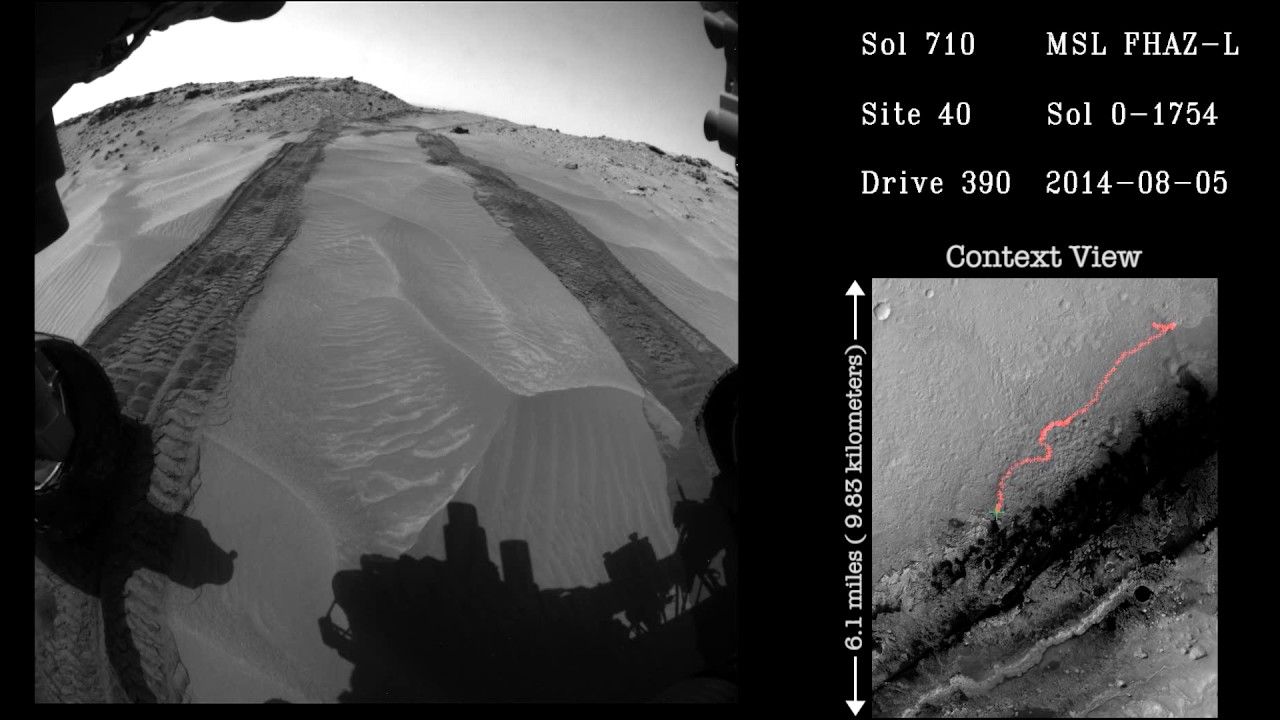

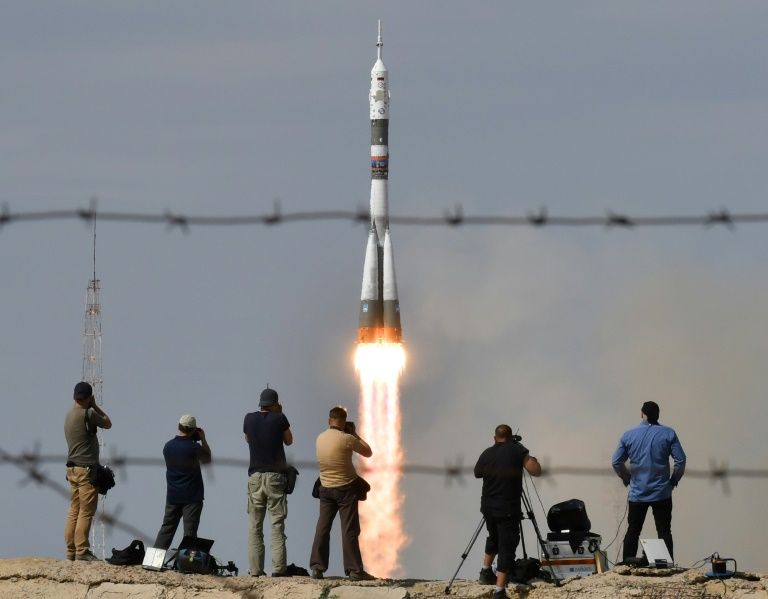
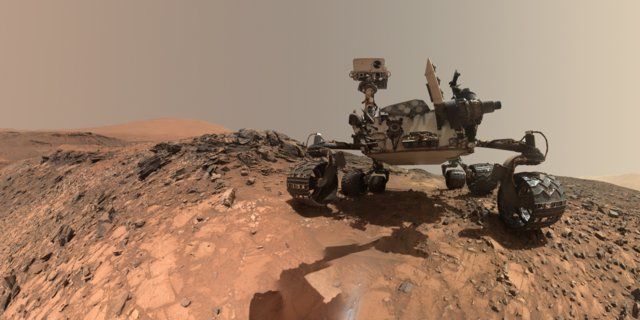
Here’s how to watch the announcement live.
NASA’s Curiosity Rover has found some new and exciting information about Mars, and the space agency is announcing that discovery to the world on Thursday.
The Curiosity Rover launched from Earth in November 2011 and landed on Martian soil on August 6, 2012. It has since been cruising around the red planet’s surface, functioning as a 9-foot-wide roving science machine.
Curiosity has a few key tasks on Mars: it’s meant to study the Martian climate, check for signs of life, search for ice and water, and serve as a kind of planetary scout to see if Mars could ever sustain human life. The laboratory-on-wheels can also take an excellent selfie.

Every now and again you run into an astronomical object where everything about it is mind blowing. And I get to share it with you! Let me introduce you to a binary star that will crush your imagination and make you realize the Universe is way cooler than you knew.
A few million years ago, and 6,000 light years from Earth, two stars were born out of the gas and dust in the galaxy in a cluster with many other stars. These two formed together, so close their mutual and growing gravity bound them together, forcing them to orbit one another. And they grew huge: By the time they switched on and became true stars, they each had more than two dozen times the mass of the Sun.
They were monsters. Huge, hot, and incredibly luminous, each blasting out as much as 100,000 times as much energy as the Sun does. Replace the Sun with one of these beasts and the Earth would evaporate like an ice cube on a scorching hot skillet.

 Keith’s note: China is getting ready to launch a new space station which, when complete, will be on par with Mir with many capabilities similar to those offered by the ISS. China is openly seeking governmental and commercial participation. Meanwhile they are about to land a rover on the far side of the Moon as part of a methodical plan to land humans there.
Keith’s note: China is getting ready to launch a new space station which, when complete, will be on par with Mir with many capabilities similar to those offered by the ISS. China is openly seeking governmental and commercial participation. Meanwhile they are about to land a rover on the far side of the Moon as part of a methodical plan to land humans there.
Meanwhile NASA is trying to rid itself of the ISS through various half-hearted efforts to commercialize this amazing resource that rely on smoke and mirrors and faith-based funding plans. NASA is also puffing itself up again for the third time in less than 20 years to #GoBackToTheMoon or something with budgets that do not come close to making such a thing possible. Oh by the way #JourneyToMars is still on the books.
One would think that the prudent thing would be to leverage our interests with those of China as we have done with Russia and many other nations around the world. But short-sighted legislation and targeted xenophobia currently prevents this.
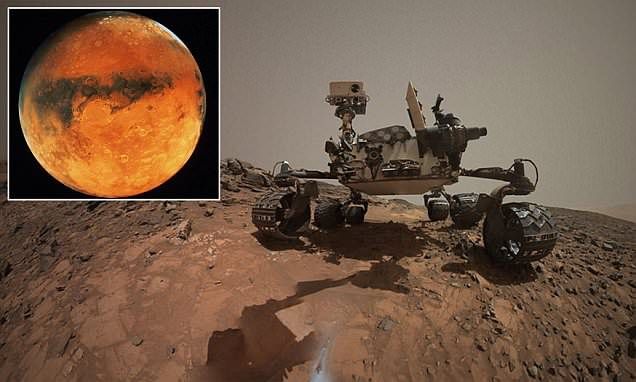

Yellowstone National Park, The Dolomites, Auschwitz Birkenau, The Great Wall … Apollo 11’s Tranquility Base?
For All Moonkind and TODAQ Financial have teamed up to map heritage sites on the Moon—using blockchain.
“Unlike similar sites on Earth that are protected under the UNESCO World Heritage Convention, sites on the Moon which bear witness to unparalleled technological accomplishments are not protected or even recognized by international law,” Michelle Hanlon, space lawyer and co-founder of For All Moonkind, said in a statement.
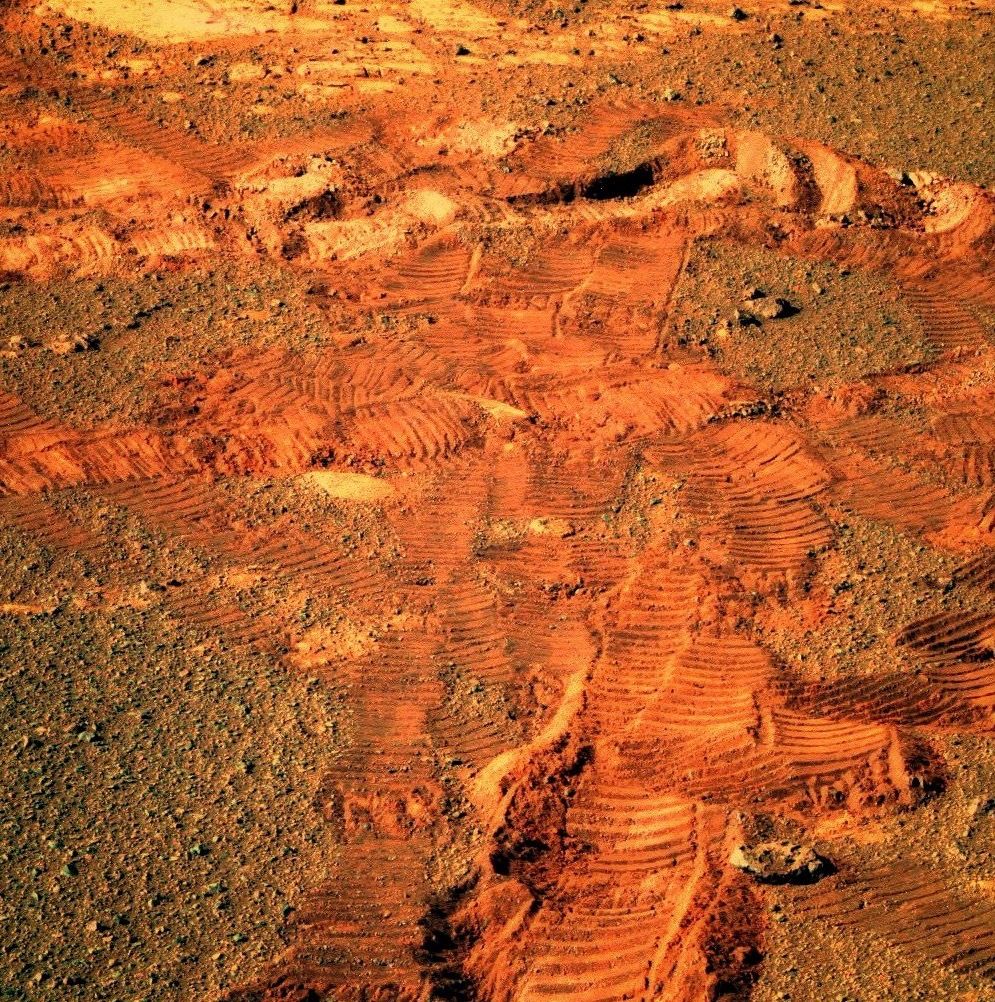
Update from a space robot rolling around Mars!
Sols 5073–5102
Opportunity continued exploring the south trough of Perseverance in May, still looking for evidence that explains just how this one-of-a-kind valley meandering through Endeavour Crater’s rim formed, and, along the way, helped the Mars Exploration Rover (MER) mission chalk up yet another first, linking with three relay orbiters in one Martian day or sol to send a pipeline of data home.
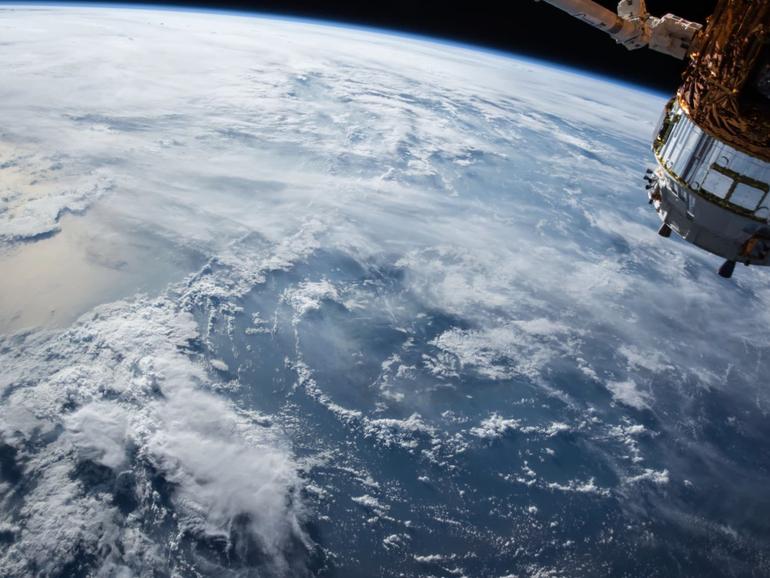
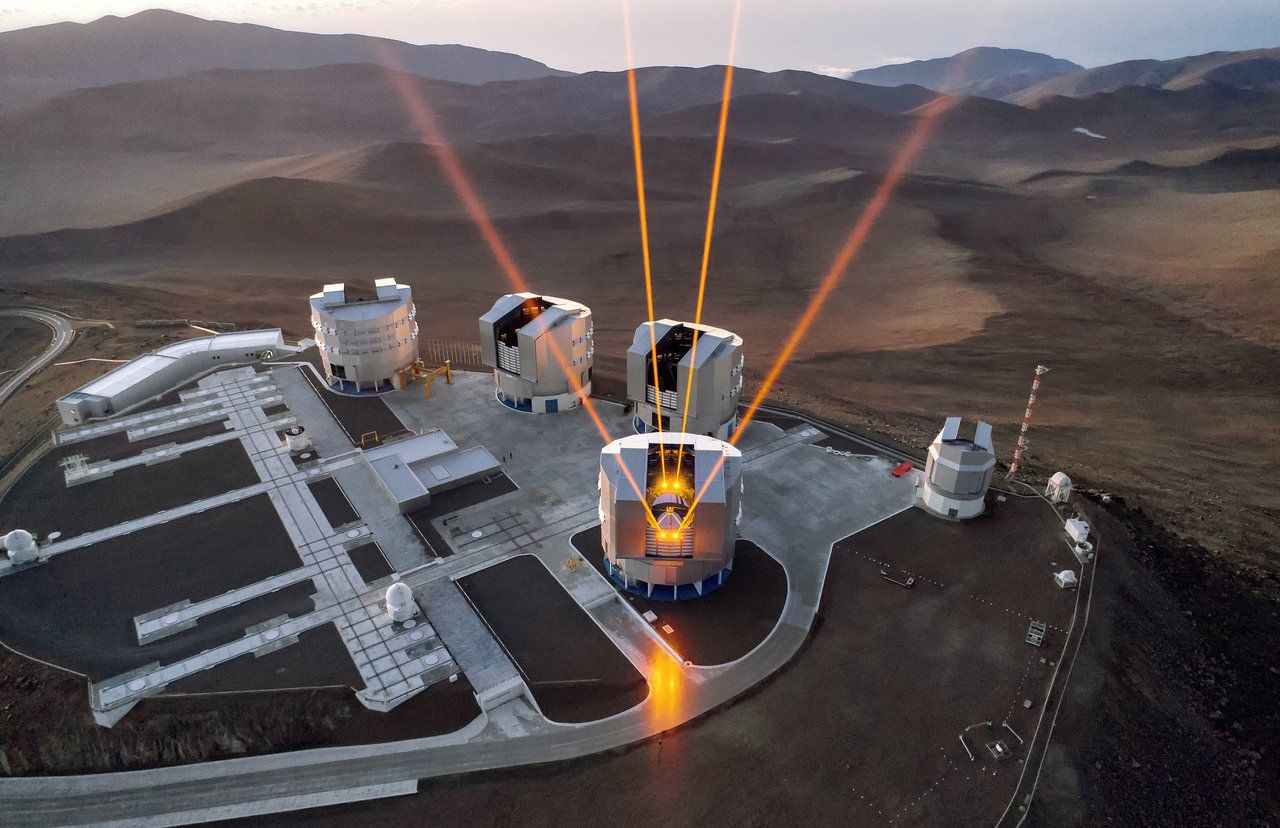
ESO’s Very Large Telescope (VLT) at Paranal Observatory, Chile, is the world’s most advanced optical instrument. The VLT uses state-of-the-art technology to provide the sharpest possible images, including adaptive optics with the laser guide stars shown in this image. The VLT uses these lasers to measure the turbulence in the Earth’s atmosphere, and responds by changing the shape of a mirror to counteract the negative effects of this turbulence.